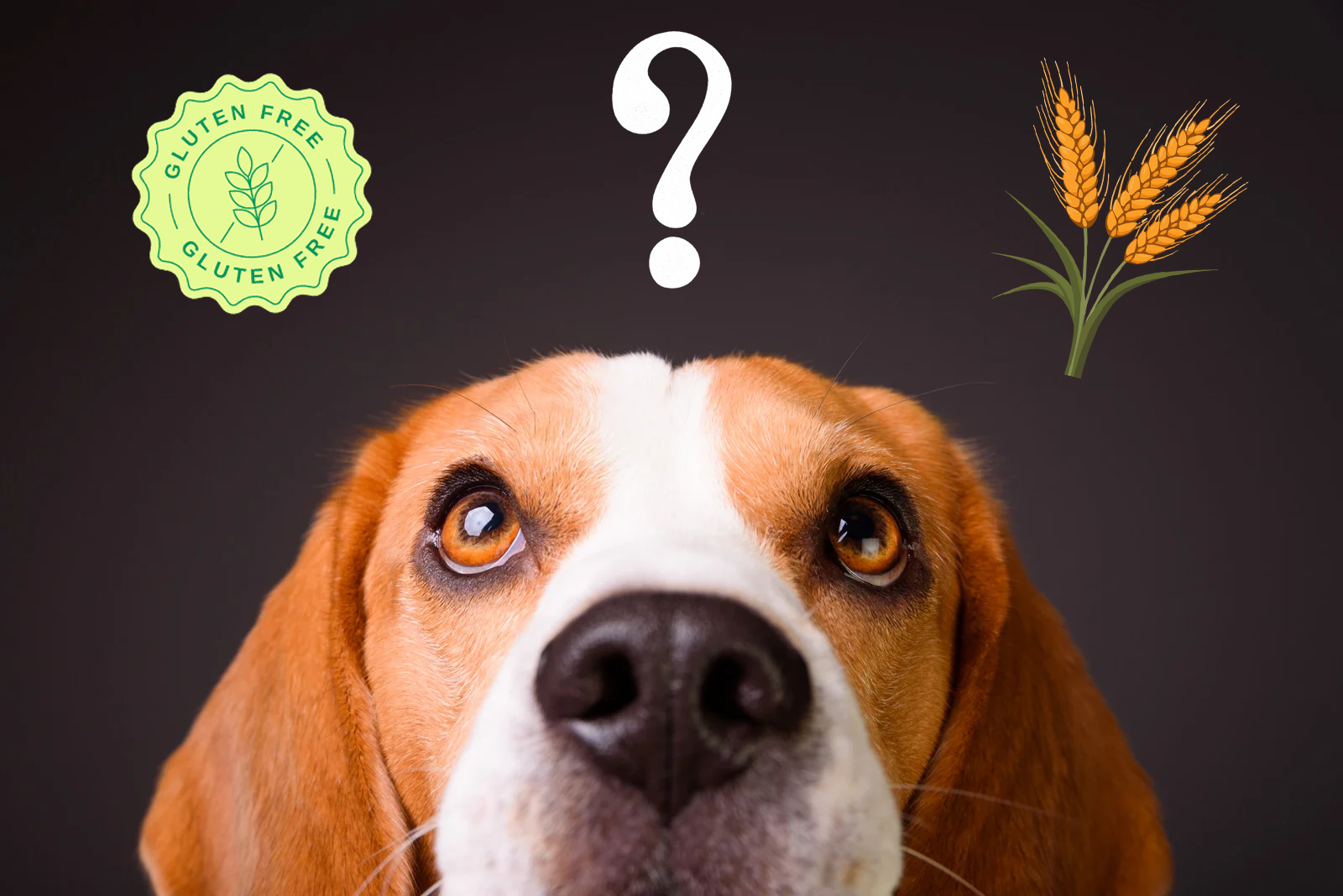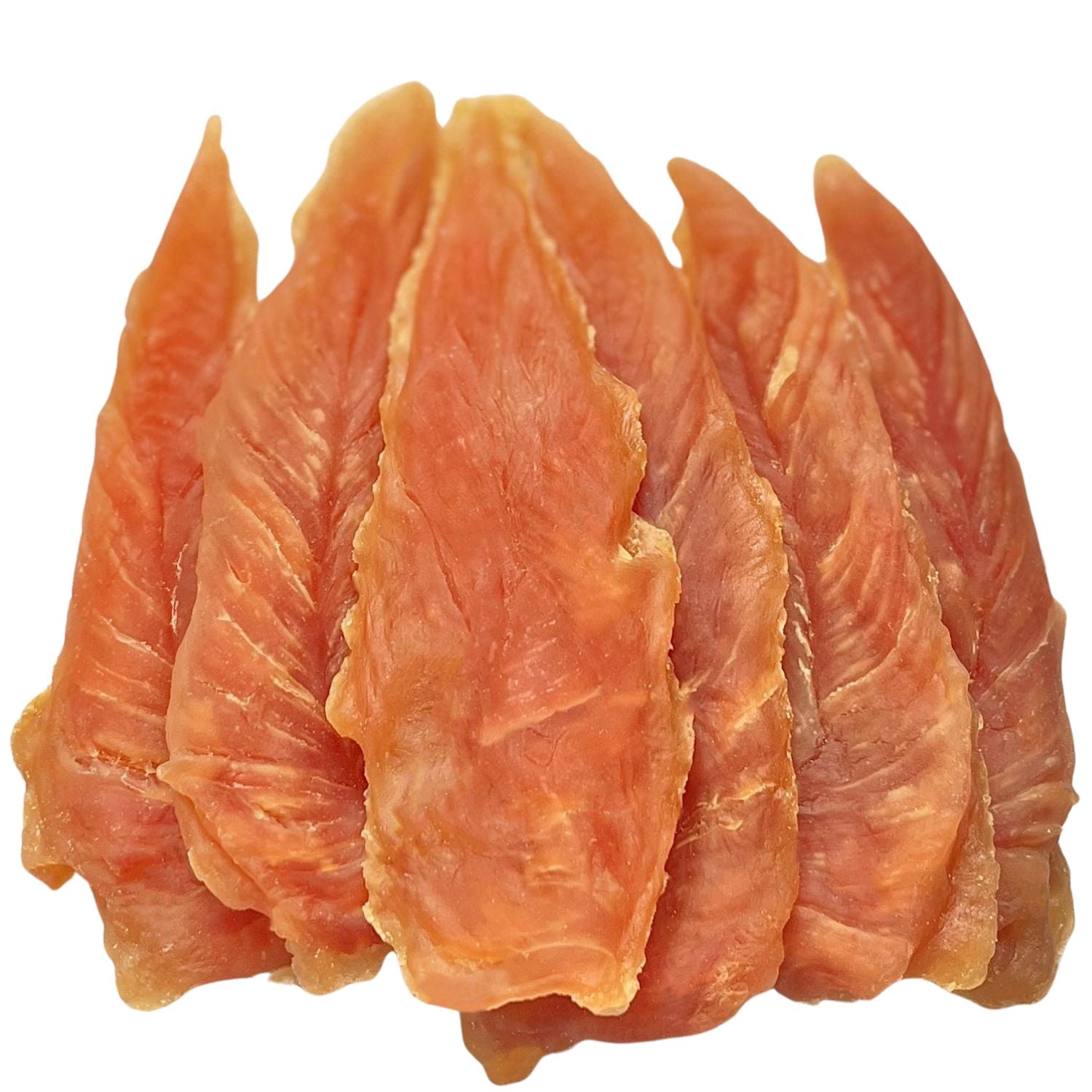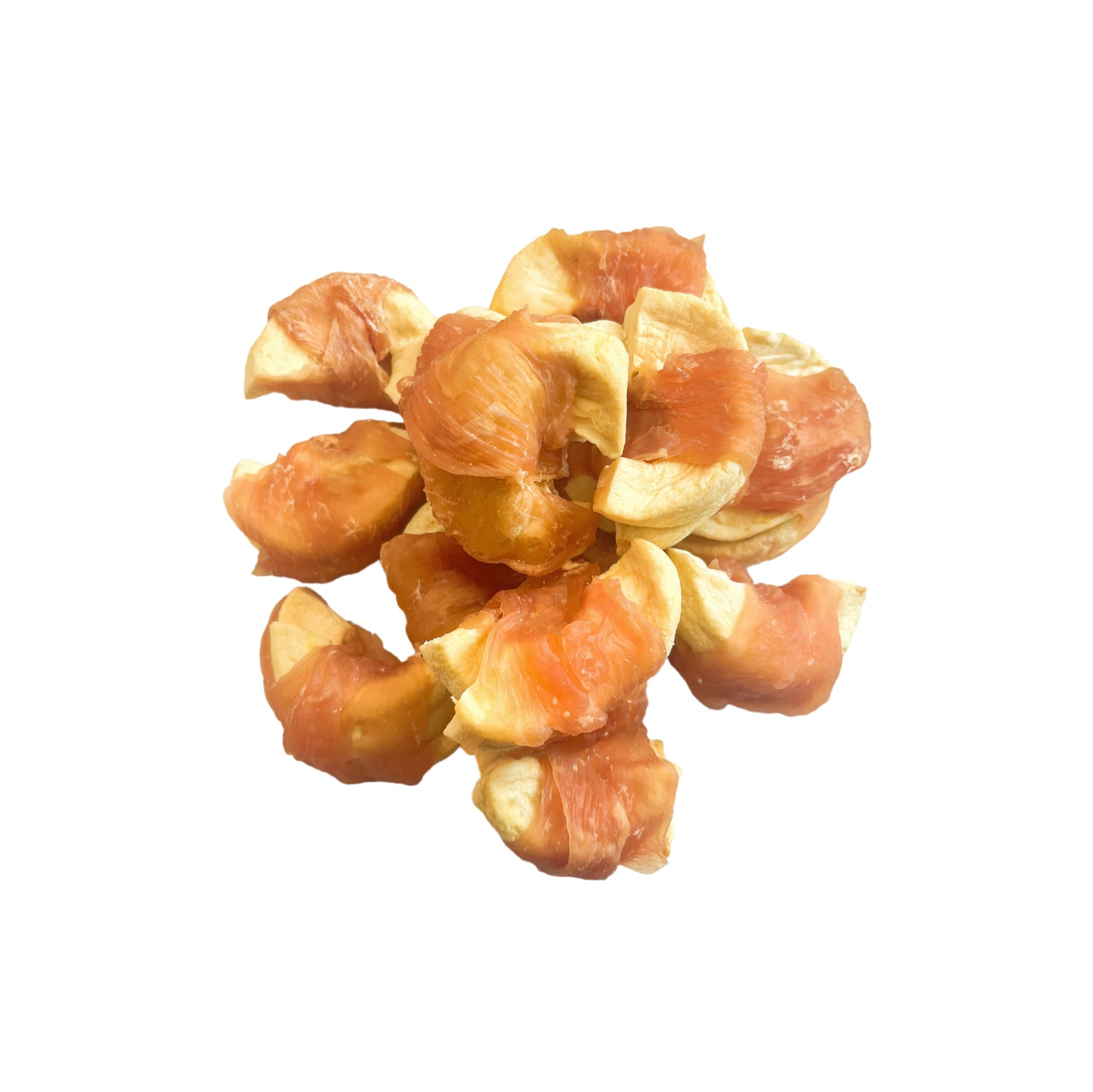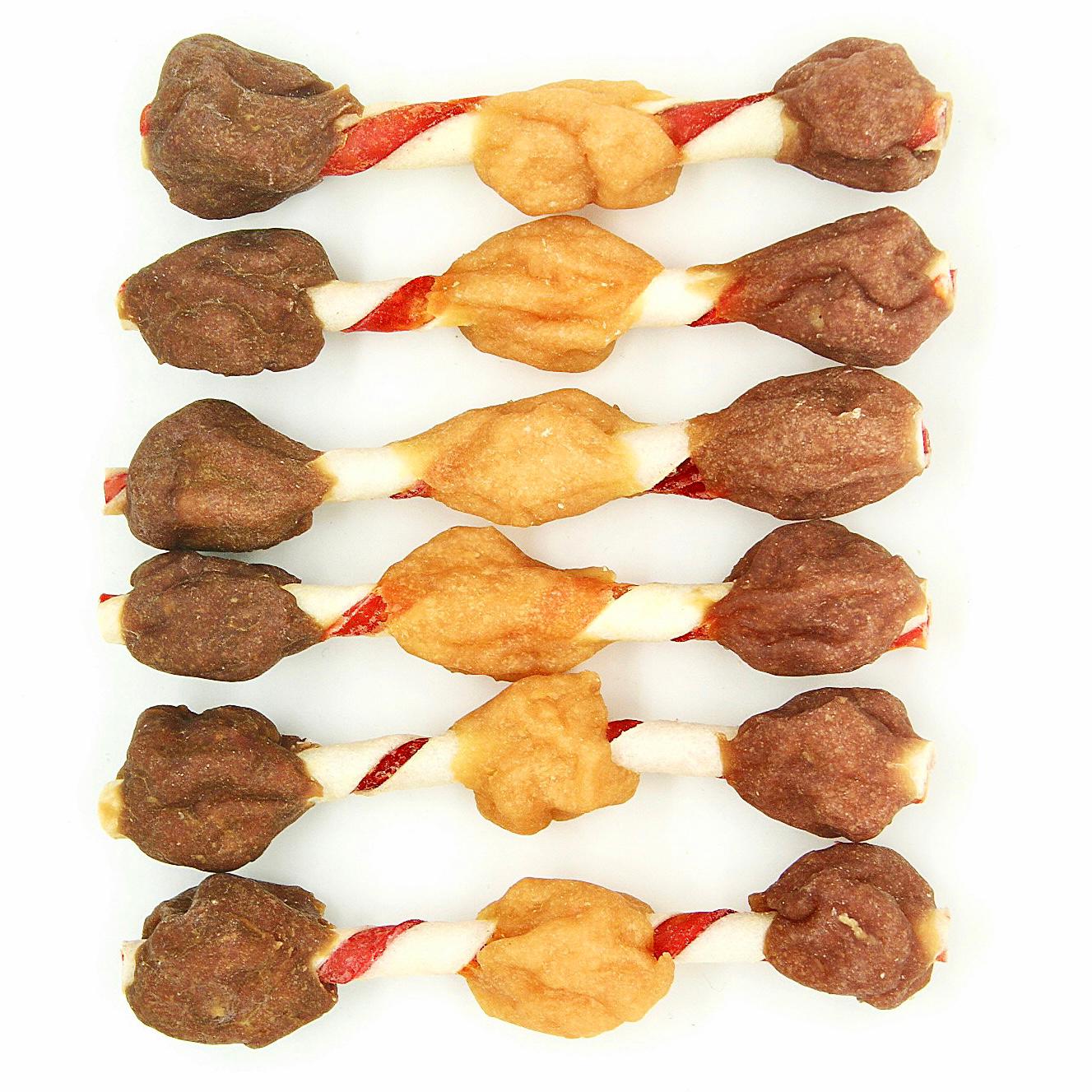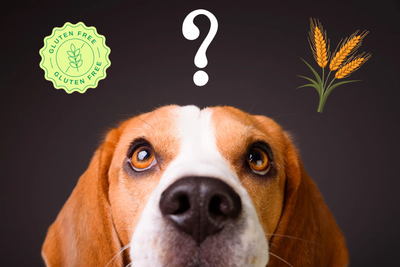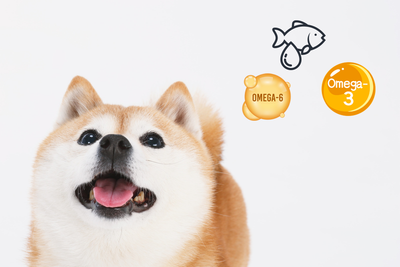In recent years, gluten-free dog treats have taken the pet world by storm. Walk down any pet store aisle or browse online, and you’ll see endless packaging claiming “grain-free,” “low-ingredient,” or “all-natural.” But what does it really mean? Are these treats just another marketing trend, or are they a healthy necessity for your dog’s diet?
Let’s break it down simply, clearly, and with your furry friend’s best interest in mind.
Understanding Gluten-Free Dog Treats
Before deciding whether gluten-free treats are right for your pet, it helps to understand what “gluten-free” actually means.
Traditional dog treats often include grains like wheat, corn, and soy as filler ingredients. These grains help bind the treat together and can add some carbohydrates. But not all dogs process grains equally well. Some may develop allergies or sensitivities, leading to issues like:
- Itchy skin or paws
- Chronic ear infections
- Digestive upset (gas, bloating, or loose stool)
Gluten-free dog treats replace those fillers with alternative ingredients such as sweet potatoes, chickpeas, lentils, or meat-based binders. This can make them easier to digest and more nutrient-dense, especially when they’re also low-ingredient and made from high-quality proteins like chicken, duck, or cod.
Why Some Dogs Need Gluten-Free Treats
1. Dogs With Food Allergies or Sensitivities
Some dogs are allergic or intolerant to grains like wheat or corn. When they consume treats that contain those ingredients, their immune system overreacts, triggering inflammation and itching. Switching to gluten-free and low-ingredient dog treats eliminates those potential triggers and gives your pup’s system a break.
2. Easier Digestion
Even if your dog isn’t technically allergic, some pets have sensitive stomachs. grain-heavy treats can be harder to digest, leading to bloating or gas. Grain-free options, especially those that are single-ingredient and rich in lean protein, are gentler on the digestive system.
3. Cleaner, More Natural Nutrition
Healthy, gluten-free treats are often made with real, recognizable ingredients, not fillers, artificial colors, or preservatives. The fewer the ingredients, the easier it is to know exactly what your pet is eating.
When you pick a treat from Hubert Pet, for example, you’ll notice short, simple ingredient lists. That’s because they’re made to be as close to nature as possible with no nonsense and no hidden additives.

The Rise of Low-Ingredient Dog Treats
The concept of “gluten-free” often overlaps with another pet nutrition trend: low-ingredient or limited-ingredient dog treats.
These are treats that include just a handful of components, typically a single protein source and maybe one or two natural binders. The goal? To minimize the risk of allergies while maximizing nutritional value.
For instance, Hubert Pet’s Chicken Jerky Treats or Duck Breast Treats use only high-quality meat, slowly dehydrated for a chewy, satisfying texture. They’re not just tasty; they’re designed to nourish.
When you look at a bag of low-ingredient treats, you should recognize every item on the label. If you see long, unpronounceable words, it’s a red flag that artificial flavors, preservatives, or unnecessary fillers might be involved.
Gluten-Free vs. Regular Treats: What’s the Real Difference?
It’s easy to assume “gluten-free” automatically means “better,” but it’s not that simple. Whether your dog needs grain-free treats depends on their health, diet, and individual tolerance.
Here’s a quick comparison:
| Category | Gluten-Free Treats | Gluten-Based Treats |
|---|---|---|
| Primary Ingredients | Meat, sweet potato, lentils | Wheat, corn, rice |
| Digestibility | Easier for sensitive stomachs | Can cause issues in some dogs |
| Allergy Risk | Lower for dogs with sensitivities | Higher for gluten-sensitive dogs |
| Nutrient Density | Often higher in protein | Often lower-quality fillers |
| Price | Slightly higher | Usually cheaper |
If your dog thrives on a regular diet and shows no sign of grain sensitivity, gluten-based treats may be fine in moderation. But if your pup struggles with allergies, upset stomachs, or dull coats, switching to healthy, gluten-free dog treats could make a world of difference.
Training Treats: Why Quality Matters
If you’re training your dog, you probably go through a lot of treats. That’s why it’s especially important to use healthy, gluten-free training treats that won’t upset their stomach or add unnecessary calories.
Look for:
- High protein content – fuels muscles and supports recovery
- Small, bite-sized pieces – perfect for frequent rewards
- No added sugar or salt – keeps them healthy long-term
- Soft or chewy texture – easy to eat quickly during training
Training sessions are about repetition, focus, and motivation. You don’t want to give your dog junk food just because it’s “convenient.” Choosing natural, low-ingredient training treats makes every reward healthier and your dog happier.
Are Grain-Free Treats Safe for All Dogs?
There’s been some debate about whether gluten-free diets are linked to heart issues like dilated cardiomyopathy (DCM). Most of these studies focus on complete gluten-free diets, not treats.
A small number of dogs may have issues if their entire diet is legume-heavy or lacks taurine. However, the occasional gluten-free treat, especially those made from quality animal protein, isn’t a problem.
In fact, treats like Hubert Pet’s Cod Skin Strips are rich in natural taurine and omega-3s, both of which support heart health. So as long as you’re feeding a balanced diet and using treats responsibly, your pet will be just fine.

How to Choose the Best Healthy Dog Treats
When shopping for treats, keep these simple rules in mind:
✅ 1. Read the Label
Look for short ingredient lists with recognizable foods. The first ingredient should always be a real protein source like chicken, duck, or fish.
✅ 2. Avoid Artificial Additives
Skip treats that contain artificial colors, preservatives, or “meat flavoring.” Dogs don’t need fake flavor to enjoy a treat!
✅ 3. Check the Protein Source
If your dog has sensitivities, rotate between proteins like duck, chicken, and cod to avoid developing new allergies.
✅ 4. Think About Texture
Choose treats based on your dog’s preferences and needs. Crunchy jerky for chewers, soft bites for training, and long-lasting twists for busy pups.
✅ 5. Pick a Trusted Brand
Always buy from reputable sources that prioritize safety and quality. All Hubert Pet treats are U.S. tested and approved, ensuring every bite is safe, pure, and delicious.
The Hubert Pet Difference
At Hubert Pet, our mission is simple: provide all-natural, gluten-free, and low-ingredient treats that dogs love and owners trust.
Every product we make follows these core values:
- Single-source protein: Only one type of real meat per treat
- No grains, fillers, or additives: Just clean, wholesome ingredients
- High in protein, low in fat: Perfect for training or everyday rewards
- USA-tested and approved: Safety and quality you can rely on
Some fan favorites include:
- Chicken Jerky Treats – lean, high-protein strips made from real chicken breast
- Duck Breast Treats – rich, flavorful protein for dogs with sensitivities
- Cod Skin Treats – a crunchy, omega-packed snack that promotes shiny coats
- Rawhide Twists – grain-free chews that help clean teeth naturally
Final Thoughts: Trend or Necessity?
So, are grain-free dog treats just another fad? Not quite.
While not every dog needs to go gluten-free, choosing low-ingredient, high-quality treats is always a good idea. They’re cleaner, easier to digest, and packed with nutrients your dog actually benefits from.
If your pup has allergies, skin issues, or digestive troubles, gluten-free treats might be exactly what they need to feel their best. Even for healthy dogs, it’s a great way to keep their diet wholesome and natural.
So go ahead and make treat time something you both feel good about.
Shop the full Hubert Pet collection today and give your furry friend the love and nutrition they deserve, one healthy bite at a time.


